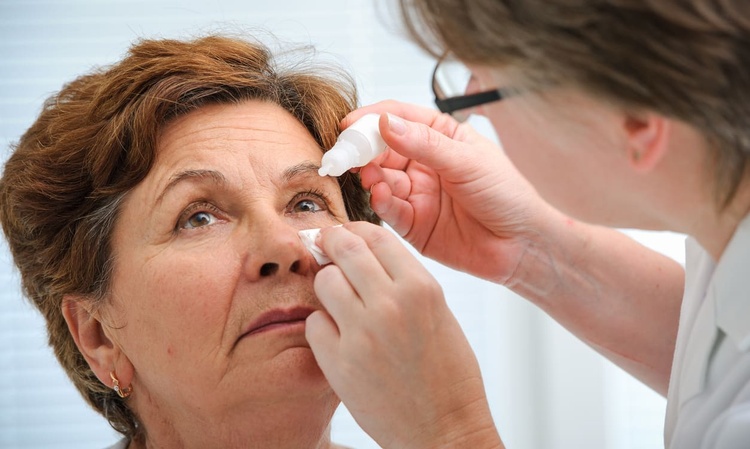Dry Eye Treatment for Seniors: Comfort, Care, and Vision
Dry eye is a common, often under-recognized condition that affects tear production and surface comfort — especially for older adults. For seniors, symptoms such as burning, grittiness, fluctuating vision, or heavier reliance on glasses can reduce quality of life. Effective management blends simple lifestyle changes, lubricants, medical therapies, and support from eye care professionals. This article outlines practical treatment options and considerations for elderly patients and caregivers.

This article is for informational purposes only and should not be considered medical advice. Please consult a qualified healthcare professional for personalized guidance and treatment.
senior: Why dry eye risk increases with age
Aging affects tear glands, eyelid function, and the composition of the tear film. Many seniors develop reduced tear production or a faster evaporation rate, which leads to chronic dryness and irritation. Systemic conditions (like arthritis or diabetes), medications (antihistamines, diuretics), and hormonal changes further increase risk. Routine eye exams become important for older adults because early detection prevents complications — for example, chronic surface inflammation that can worsen vision and make reading or driving more difficult.
elderly: Symptoms and daily-life challenges
Elderly people may describe dry eye as constant grittiness, intermittent blurred vision, or increased sensitivity to light and wind. Symptoms can worsen with prolonged reading, screen time, or even while watching TV — tasks often central to daily life for seniors. Difficulty tolerating contact lenses or frequent spectacles fogging can also be signs. Caregivers should watch for subtle signs: rubbing eyes, reduced interest in hobbies, or complaints about glare. Addressing these issues improves comfort and preserves independence.
eye: Medical and at-home treatments that work
Treatment starts with ocular lubricants — preservative-free artificial tears used several times daily can restore comfort. For persistent inflammation, doctors may prescribe topical anti-inflammatories like cyclosporine or lifitegrast. Warm compresses and eyelid hygiene improve oil gland function and help reduce evaporative dry eye. Omega-3 supplements may benefit tear quality for some patients, though results vary. More advanced options include prescription punctal plugs to conserve tears or in-office procedures (e.g., intense pulsed light) when appropriate. Regular follow-up with an eye care professional ensures treatment is safe and effective.
glasses: How eyewear and environment help
Simple changes to eyewear and environment often reduce symptoms. Wraparound glasses block wind and dust, while moisture chamber glasses help trap humidity, which is especially useful outdoors. For reading and close work, appropriately prescribed progressive or single-vision glasses reduce squinting and strain that can worsen dryness. Environmental adjustments — humidifiers, avoiding direct air vents, and taking regular breaks during screen use — reduce tear evaporation. Encourage seniors to carry a small bottle of preservative-free artificial tears for on-the-go relief.
vision: Long-term management and addressing tech issues
Long-term vision care for seniors with dry eye focuses on symptom control, preventing surface damage, and monitoring vision changes that can affect safety. Regular eye exams should include tear film assessment, eyelid evaluation, and vision testing to adjust glasses prescriptions as needed. If you rely on online appointment systems or telehealth and encounter errors such as Service Unavailable: , call the clinic’s phone line or use local services to book in-person visits. Technology hiccups can delay care, so having backup methods to reach your eye care team is important.
Chronic dry eye in seniors is manageable with a combination of self-care, appropriate eyewear, medications when necessary, and coordinated care from eye specialists. Early recognition — particularly in elderly patients who may underreport symptoms — preserves comfort and vision. Discuss treatments with an optometrist or ophthalmologist who knows your medical history and daily activities, and consider environmental and eyewear adjustments alongside medical therapies to achieve the best outcomes.
Sources:






